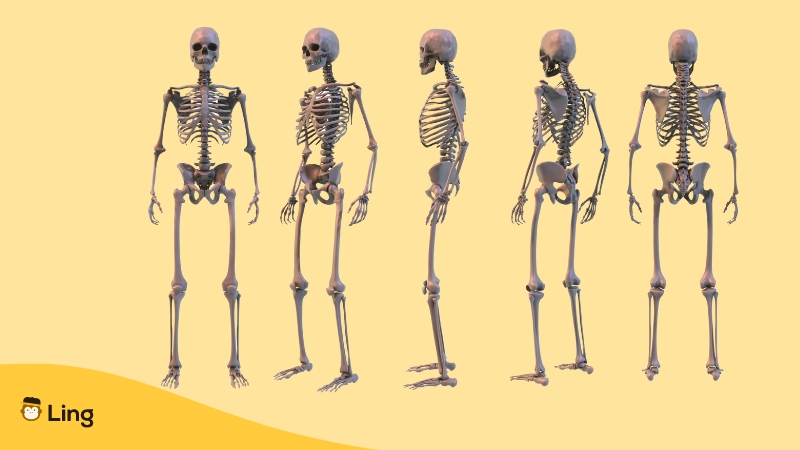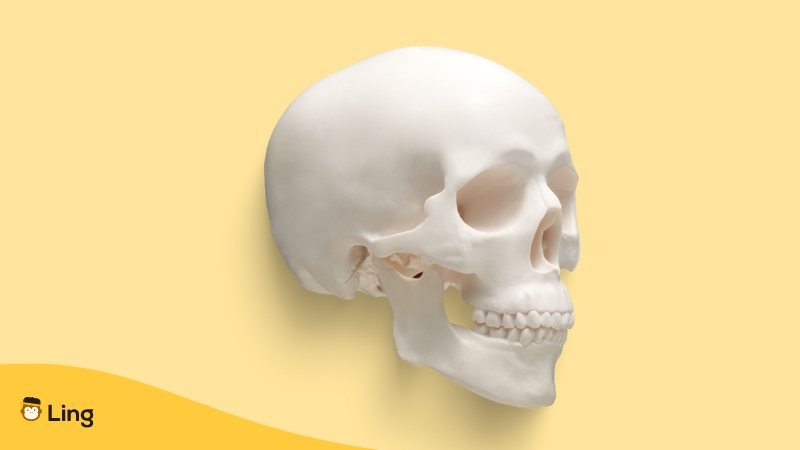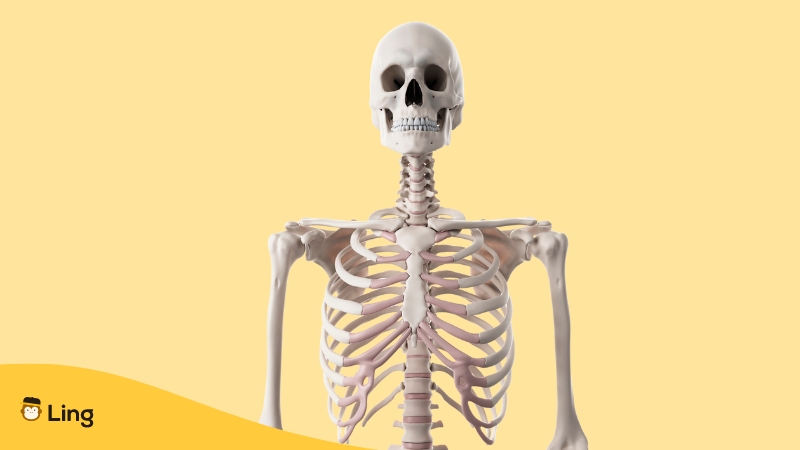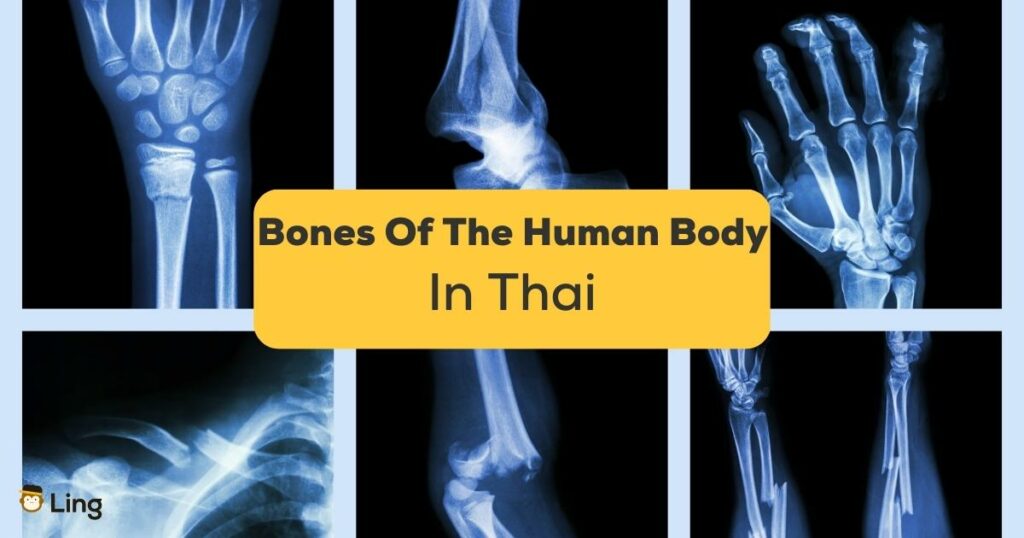What if you get the chance to participate in a conversation about the bones of the human body in Thai; how comfortable would you feel with this topic? If you don’t, then you should read on!
Those of you wondering if it’s possible to have a conversation about the bones of the human body in Thai will be delighted to learn that while the chances are low, it is not impossible. For example, let’s say you’re visiting Thailand and get into an accident that leaves you with physical injuries like a bone fracture; obviously, you’ll need to see a doctor immediately.
Now is the time to be specific about which organs and bones you think are broken or in pain so that the medical staff can treat you as efficiently and effectively as possible. In this article, you’ll find plenty of resources about the human body’s bones in Thai. To begin, let’s look at the word used in both human and animal bodies.
What Is Bone In Thai?
กระดูก (grà-dùuk) is the Thai word for bones. The word ดูก (dùuk) comes from the merging of the local dialect spoken in northern Thailand and the Lao language.
- The local dialect is spoken in northern Thailand: ᨠᨯᩪᨠ (gà-dùuk)
- The Lao language: ກະດູກ (gà-dùuk)
Keep on reading to learn more Thai bone terms!

Vocabulary For Bones Of The Human Body In Thai
If you look at a human skeleton image, you will see many different types of bones. Those bones serve various functions and connect other parts of the body, including:
- Flat bone – กระดูกแบน (grà dùuk bɛɛn)
- Short bone – กระดูกสั้น (grà dùuk sân)
- Long bone – กระดูกยาว (grà dùuk yaao)
- Irregular bone – กระดูกรูปร่างไม่แน่นอน (grà dùuk rûup râang mâi nɛ̂ɛ nɔɔn)
These are the main types of bones that form the structure of humans.
Each bone will connect and support other bones to move and be in proper body shape.
At the same time, the human body has primary parts of bones in its skeletons, including:

Bones For Human Skull
Here is some Thai terminology for describing the bones of the head part.

Bones For Upper Body Part
Here is some Thai terminology for describing the bones in your upper body.

Bones For Lower Body Part
Here is some Thai terminology for describing the bones in your lower body.
In Summary
Whether it’s a skull, skeleton, spine, and bones for fingers, you’ve just acquired a whole new set of vocabulary terms and an enormous amount of information on human bones and joints.
So now you can join a conversation with your Thai-speaking mates about the human body! They will be impressed to hear your knowledge of bones and the Thai language!
We provide the best app for you if you wish to go beyond the basics of the human skeleton in Thai!
Learn Thai With The Ling App
The Ling app makes learning a new language enjoyable and interactive.
We provide learners with puzzles, fill-in-the-blank games, and an intelligent chatbot that can help you practice trial conversation since we know that learning a new language should be entertaining.
You can stop stressing about your packed schedule because now you can study on the go and see your progress in real-time!
Most Thai learners chose the Ling app to help them succeed, so why not join them? Download the Ling app from Google Play Store and Apple App Store now, and prepare to be fluent in Thai soon!





































































